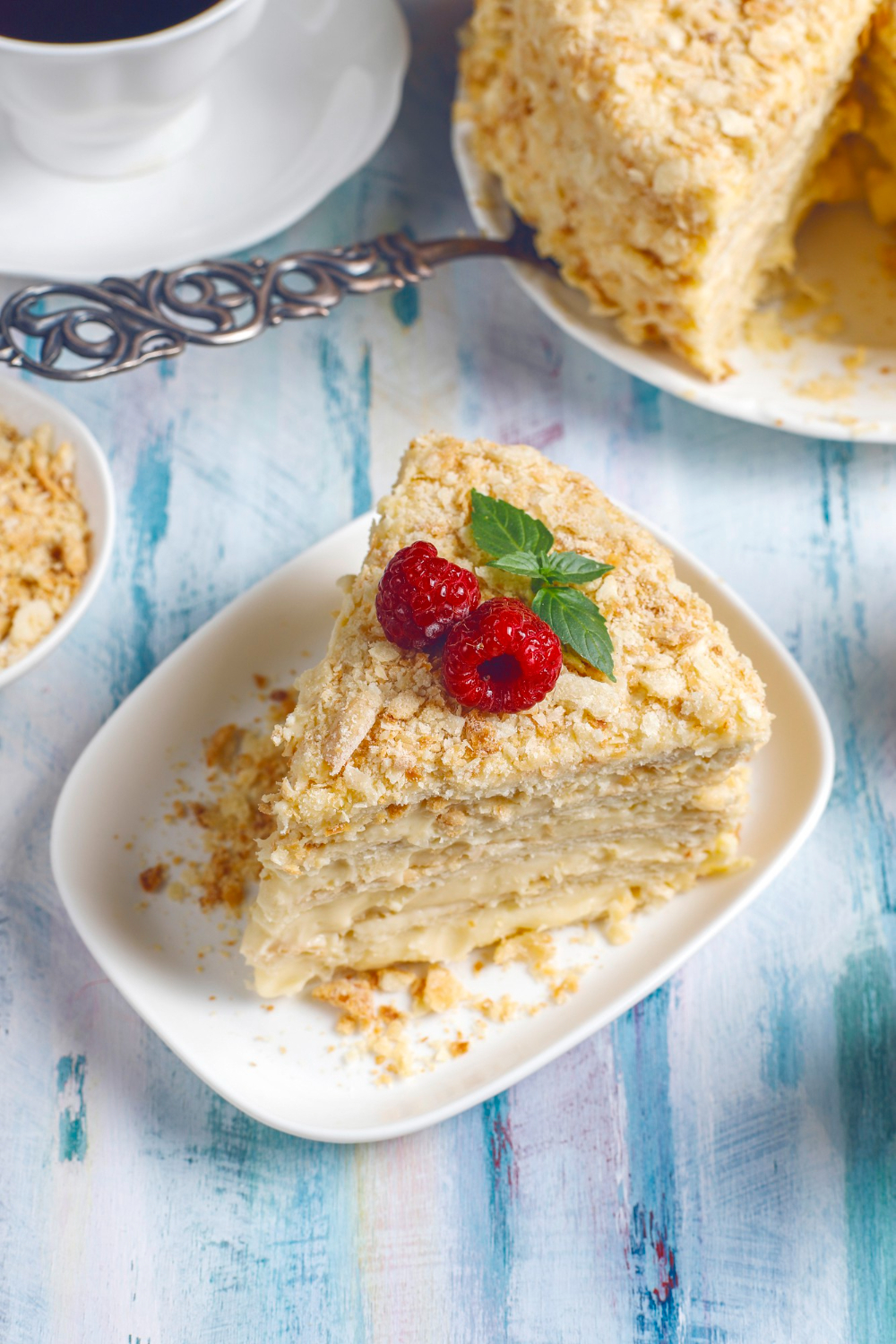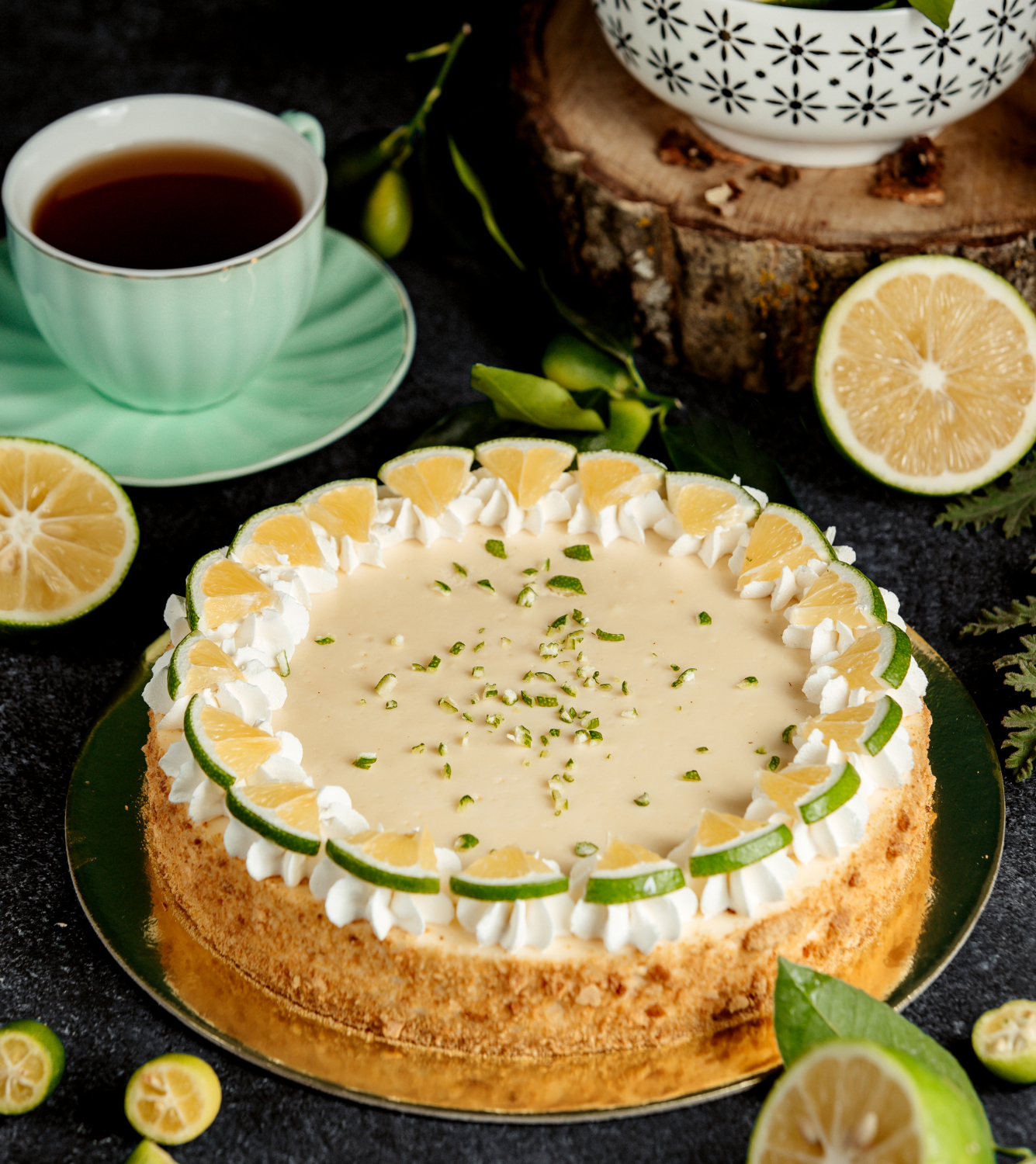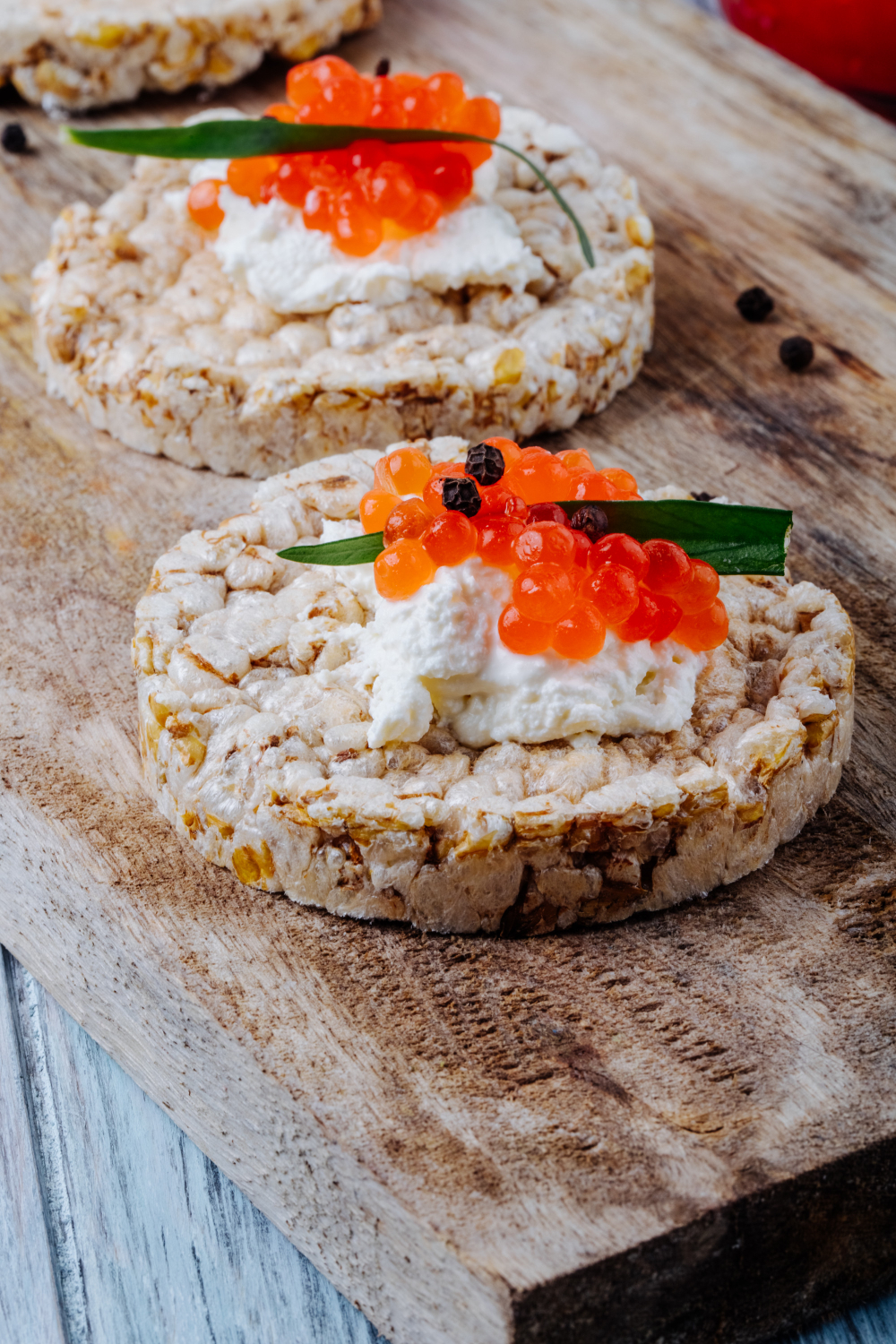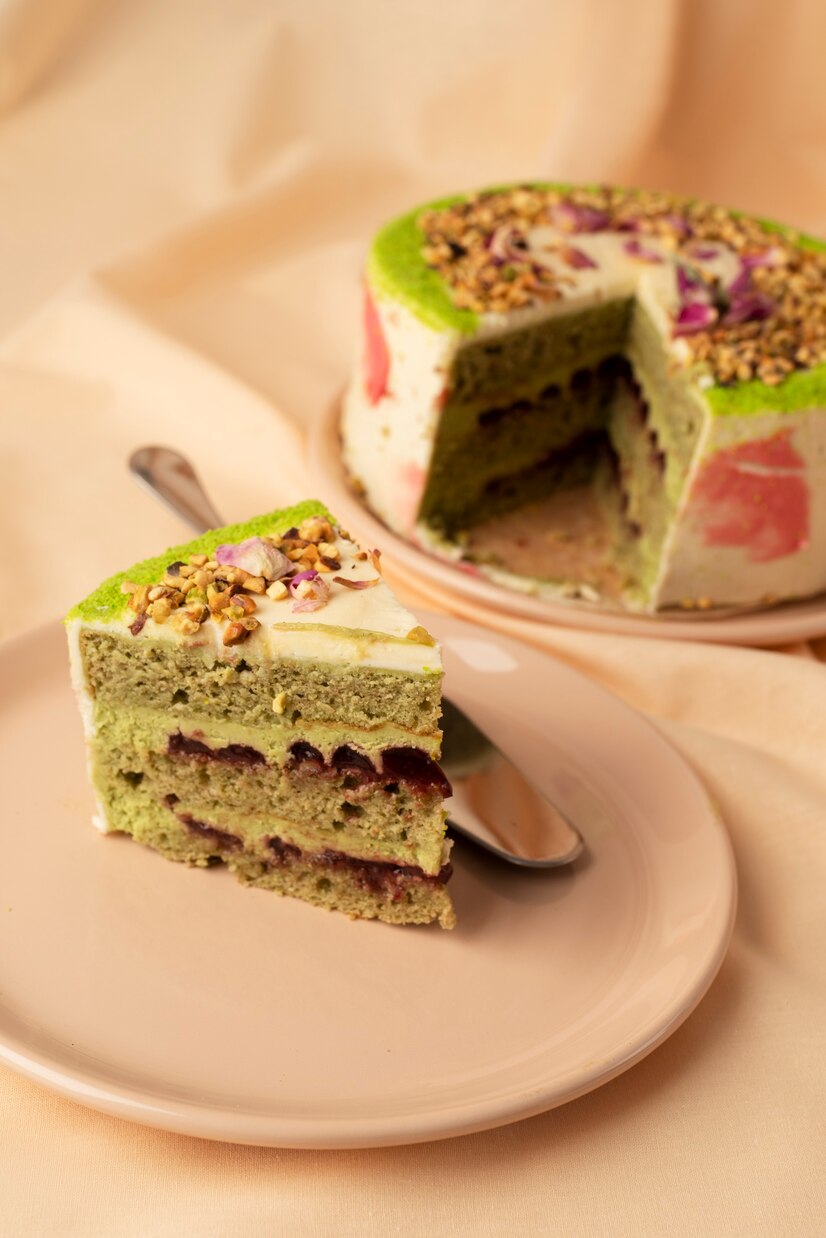Introduction to the World of Fricassee Cake: A Culinary Delight Blending Tradition and Innovation
Embark on a culinary journey into the world of Fricassee Cake, where tradition meets innovation in a delightful fusion of flavors and textures. This unique cake, a standout in the world of gastronomy, transcends the conventional boundaries of baking to offer a savory twist on the classic dessert. Significantly, its origins, steeped in the rich traditions of European cooking, have evolved through generations, leading to a dish that is as intriguing as it is delicious.
Moreover, Fricassee Cake emerges from a blend of old-world charm and modern culinary experimentation. In its essence, it is a harmonious marriage of a savory stew, known for its comforting and hearty flavors, with the soft, fluffy texture of a traditional cake. Importantly, this culinary masterpiece finds its roots in the classic technique of fricassee – a method of braising meat, particularly poultry, which is then served in a creamy sauce. Taking this concept and layering it into a cake form, transforming a main course into a centerpiece that challenges and delights the palate.
Additionally, the evolution of Fricassee Cake is a testament to the creativity and adaptability of cooks and chefs who have dared to think outside the box. From its humble beginnings in home kitchens to its modern interpretations in gourmet restaurants, the cake has traveled through time and space, adopting new flavors, ingredients, and presentations. Consequently, each version, whether staying true to its classic roots or venturing into new culinary territories, tells a story of cultural exchange, personal creativity, and a deep love for combining diverse culinary elements.
The Fascinating History of Fricassee Cake
Fricassee Cake’s journey begins in the home kitchens of the past, where cooks experimented with combining hearty stews and traditional cakes. This culinary technique, with roots in European cuisine, particularly French, was traditionally savory. The innovative idea of transforming this comforting stew into a cake form led to the birth of Fricassee Cake. It became a symbol of culinary ingenuity, blurring the lines between main courses and desserts. For an insight into other traditional cakes that have stood the test of time, explore the Famous Ritz Carlton Lemon Pound Cake, a classic example of enduring culinary heritage.
Modern Twists and Dietary Adaptations
In recent years, Fricassee Cake has undergone various transformations to align with contemporary tastes and dietary preferences. Chefs and bakers have experimented with adding exotic spices, varying types of meat, and even seafood to cater to a wider palate. Modern versions also include vegetarian and vegan options, substituting meat with hearty vegetables and legumes, and using plant-based creams and stocks for the gravy. Gluten-free adaptations are achieved by using alternative flours like almond or coconut flour, making the cake accessible to those with dietary restrictions. These modern variations, similar in adaptability to the versatile Kentucky Butter Cake, include gluten-free, vegetarian, and vegan options, making Fricassee Cake more inclusive and appealing to a broader audience.
Preparation and Cooking Techniques
Creating a Fricassee Cake requires a delicate balance between the savory filling and the cake base. Initially, the key is to prepare a flavorful fricassee that is not too runny, as excess moisture can affect the cake’s texture. Subsequently, the cake batter should be light and airy, providing a soft contrast to the rich filling. Furthermore, baking the cake at the right temperature is crucial; too high, and the cake will dry out, too low, and it won’t cook through properly. Also, the use of a bain-marie or water bath method during baking can help in keeping the cake moist. Finally, letting the cake rest after baking allows the flavors to meld together and the structure to set, making slicing easier.
Serving and Presentation
Fricassee Cake offers a unique opportunity for creative presentation. Traditionally, it’s served in simple, rustic styles, letting the flavors speak for themselves. Conversely, modern plating techniques involve garnishing with fresh herbs, edible flowers, or drizzles of complementary sauces to enhance its visual appeal. Additionally, serving the cake on a wooden platter or a vintage cake stand can add to its rustic charm. Moreover, the cake can be served as a main course or as a unique addition to a brunch spread.
Health and Nutrition
While Fricassee Cake is a hearty and indulgent dish, understanding its nutritional aspects can help in enjoying it as part of a balanced diet. Notably, the cake is typically high in calories and fat, mainly due to the butter and cream in the recipe. However, incorporating whole grains, lean meats, and an abundance of vegetables can boost its nutritional value. In addition, using low-fat dairy options or plant-based substitutes can also reduce the calorie count. Consequently, it’s a dish best enjoyed occasionally and in moderation, as part of a diverse and balanced diet.
Recipes to Delight: Creamy Chicken, Seafood, and Vegetarian Fricassee Cake
Creamy Chicken Fricassee Cake
Ingredients:
- 2 boneless chicken breasts, cubed
- 1 cup mushrooms, sliced
- 1 medium onion, finely chopped
- 2 cloves garlic, minced
- 2 tablespoons flour
- 1 cup chicken broth
- 1/2 cup heavy cream
- For the cake batter:
- 2 cups all-purpose flour
- 1 tablespoon baking powder
- 1/2 teaspoon salt
- 1/2 cup unsalted butter, softened
- 4 eggs
- 1 cup milk
- 1 teaspoon dried herbs (thyme or rosemary)
Directions:
- Preheat oven to 350°F (175°C). Grease and line a cake pan.
- In a skillet, sauté onions and garlic in butter until golden. Add chicken and mushrooms, cooking until the chicken is done.
- In a separate pot, whisk 2 tablespoons flour and chicken broth until smooth. Add to the skillet with the chicken mixture. Stir in heavy cream and simmer until thickened.
- For the cake batter, mix 2 cups flour, baking powder, and salt. In another bowl, cream the butter, then beat in eggs one at a time. Alternately add flour mixture and milk, stirring just until combined. Fold in dried herbs.
- Pour half the cake batter into the prepared pan. Spread the chicken mixture evenly over it. Top with the remaining cake batter.
- Bake for 35-40 minutes or until a toothpick inserted into the center comes out clean. Let cool slightly before serving.
Seafood Fricassee Cake

Ingredients:
- 1 cup mixed shellfish (shrimp, scallops, mussels), cleaned and chopped
- 2 cloves garlic, minced
- 1 small onion, finely chopped
- 2 tablespoons butter
- 2 tablespoons flour
- 1 cup seafood stock
- 1/2 cup white wine
- 1/2 cup heavy cream
- For the cake batter:
- Same as above, but add 1 teaspoon Old Bay seasoning, 1 tablespoon fresh dill, and zest of 1 lemon
Directions:
- Follow the same initial steps as the Creamy Chicken Fricassee Cake for preparation and batter, adding Old Bay seasoning, dill, and lemon zest to the batter.
- Sauté shellfish with garlic, onions, and butter. Set aside.
- In the same skillet, make a roux with butter and flour. Gradually add seafood stock and wine, stirring until thick. Stir in cream and the cooked shellfish.
- Assemble the cake with the seafood mixture as the middle layer and bake as per the chicken recipe instructions.
Vegetarian Fricassee Cake

Ingredients:
- 2 cups mixed vegetables (carrots, peas, bell peppers, mushrooms), chopped
- 2 tablespoons olive oil
- For the roux:
- 2 tablespoons butter
- 2 tablespoons flour
- 1 cup vegetable broth
- 1/2 cup heavy cream
- For the cake batter:
- Same as above, but add 1/2 cup grated cheese, 1 tablespoon chopped fresh herbs, and a dash of hot sauce
Directions:
- Follow the same steps as the Creamy Chicken Fricassee Cake for the preparation and batter, adding cheese, fresh herbs, and hot sauce to the batter.
- Sauté the vegetables in olive oil with seasoning. Set aside.
- Make a roux with butter and flour in the same skillet, add vegetable broth, and stir until thickened. Stir in cream and the sautéed vegetables.
- Assemble and bake the cake as per the previous recipes.
Chef’s Advice and Tips for Perfect Fricassee Cakes
Creating the perfect Fricassee Cake requires more than just following a recipe; it involves understanding the nuances of baking and flavor balancing. Here are some expert tips to elevate your Fricassee Cake:
- Ingredient Quality and Preparation: Always use fresh ingredients, particularly for the fillings. Fresh vegetables, quality meats, and seafood make a significant difference in flavor.
- Room Temperature Ingredients: For the cake batter, ensure all ingredients like eggs and butter are at room temperature. This helps achieve a smoother batter and a more even bake.
- Balancing Flavors: The key to a great Fricassee Cake lies in balancing the savory flavors of the filling with the neutral taste of the cake. Adjust seasoning in your filling to ensure it’s flavorful without overpowering.
- Gentle Mixing: When combining the wet and dry ingredients for the cake batter, fold them gently. Overmixing can lead to a dense cake.
- Even Layering: When assembling the cake, spread the filling evenly to ensure every slice gets an equal share of the savory goodness.
- Baking Temperature and Time: Bake the cake at the recommended temperature and check for doneness towards the end of baking time. A toothpick inserted in the center should come out clean.
- Let it Rest: Allow the cake to cool slightly in the pan before slicing. This rest period helps the flavors to meld together and makes slicing easier.
- Creative Garnishing: Don’t shy away from garnishing. Fresh herbs, edible flowers, or a sprinkle of cheese can add a delightful touch.
- Serving Temperature: These cakes can be served slightly warm or at room temperature, depending on your preference.
- Experiment and Enjoy: Feel free to experiment with different fillings and flavors. Baking is as much about creativity as it is about technique.
Conclusion: Embracing the Rich Legacy of Fricassee Cake
As we conclude our gastronomic exploration of Fricassee Cake, it becomes evident that this dish is not merely a culinary creation but a vibrant tapestry woven with history, culture, and innovation. Consequently, Fricassee Cake stands as a testament to the endless possibilities in the world of cooking and baking, showcasing how traditional methods can be brilliantly reinvented for modern palates.
Moreover, this unique cake, transcending the usual boundaries between a main course and dessert, invites us to rethink our culinary perceptions. It challenges the norms, blending the comforting richness of a savory stew with the delightful softness of cake, creating a dining experience that is both familiar and novel. Furthermore, the journey of Fricassee Cake, from its rustic, home-cooked origins to its contemporary gourmet variations, mirrors the evolution of our culinary practices and preferences. Additionally, it highlights the importance of keeping culinary heritage alive while embracing new trends and dietary needs.
Similarly, the adaptations of Fricassee Cake over time, incorporating global flavors, vegetarian options, and mindful considerations for health and nutrition, reflect our growing desire for inclusive and versatile cooking. These variations not only cater to a wider range of dietary preferences but also open doors to creative experimentation in kitchens around the world.
Therefore, in embracing the rich legacy and contemporary appeal of Fricassee Cake, we acknowledge the beauty of culinary evolution and the joy of creating and sharing food that brings people together. This dish, with its blend of history and modernity, simplicity and complexity, is a reminder of the endless adventures that await in the world of gastronomy. So, as you embark on your next culinary endeavor, let the spirit of Fricassee Cake inspire you to explore, innovate, and above all, enjoy the journey of cooking.




